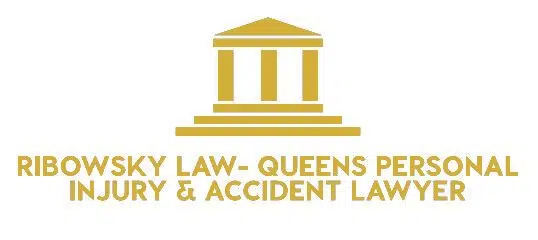After suffering an injury or accident in New York, you might be pondering on which state laws apply to your case. In this article, we provide an overview of some of the unique provisions of New York Tort Laws
A tort law is one which governs harm or injuries caused by one individual to another. Tort laws apply to every possible type of harm, including physical injuries, rights deprivations and property violations. The New York tort laws have several characteristics which stand them out from other states. Some of these aspects include:
- Statue of Limitations: The statue of limitation refers to the amount of time you have to file a lawsuit in the civil court system following an injury or harm. The statue of limitations for most personal injury cases in New York is three years. The court gives the claimant a period of three years from the date of the injury to go to court and file a lawsuit against the responsible party. If the statue of limitation closes, the court will likely refuse to hear your case, and all your compensation rights will be lost.
- Shared Fault Laws: In some cases, the responsible party can make an argument that you are partially to blame for the incident which led to your injury. In such shared-fault cases, the New York court follows a “pure comparative negligence rule”. This means that the compensation amount you are entitled to will be reduced according to the percentage of your fault for the accident
New York tort laws can be a complex due to its many unique provisions and rules. Also, New York is a pacesetter when it comes to tort reform – the tort laws are constantly changing. Hence, if you are involved in any New York tort claim, it is advisable that you hire an experienced New York tort lawyer.
Ribowsky Law 75-25 141st Place Flushing, NY 11367 (718) 846-3081 https://www.mrinjurylawyerny.com/flushing/



